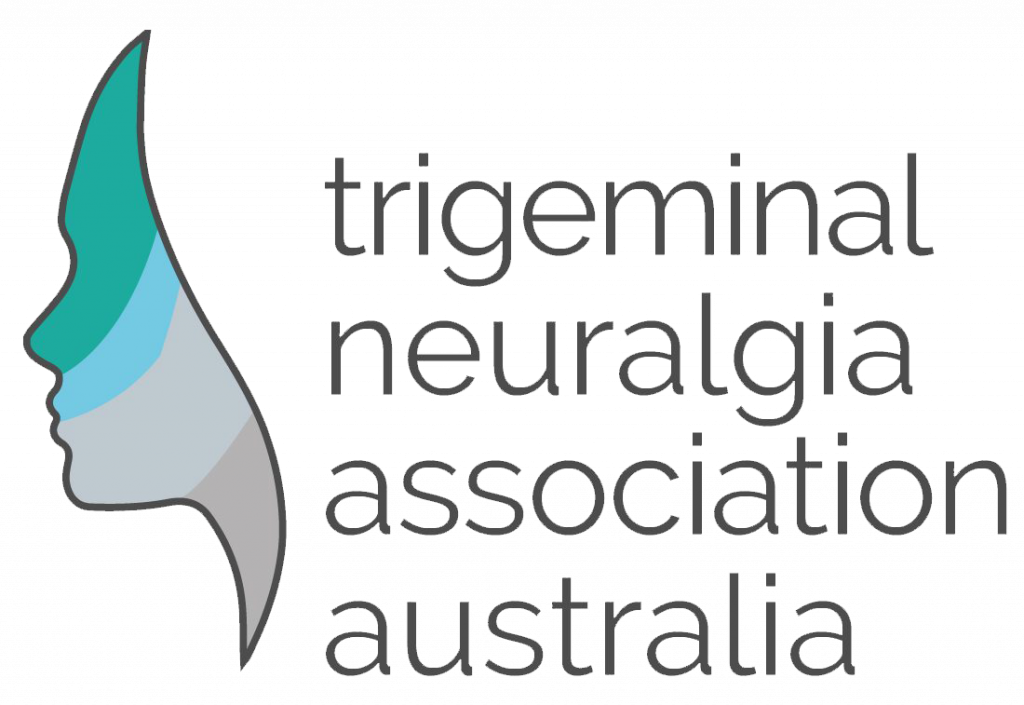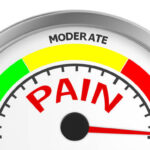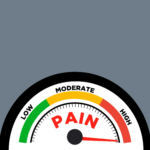By Dr. Forest Tennant, PNN Columnist -August 09 2
The brain not only controls pain but the endocrine, cardiovascular, metabolic, respiratory and gastrointestinal systems. Any or all of these biologic systems may malfunction if there is brain tissue loss.
Beginning in 2004, brain scan studies began to document that brain tissue loss can be caused by intractable pain. Today, almost 20 years later, this important fact appears to be either unknown or a mystery to both the public and medical professionals.
Basic science researchers have unravelled the complex process of how and why this pathological phenomenon may occur. A good understanding of how this pathology develops is critical to properly care for and treat persons who develop intractable pain whether due to a disease or an injury.
What Causes Tissue Loss?
Tissue loss anywhere in the body is caused by inflammation, autoimmunity, or loss of blood supply due to trauma or disease. The brain scan studies done since 2004 that documented brain tissue loss were not done in persons who had a stroke or head trauma, but in pain patients experiencing inflammation and autoimmunity (i.e., collagen deterioration). It turns out that both biologic mechanisms may operate to cause brain tissue loss in intractable pain patients.
In the pursuit of understanding brain tissue loss and its accompanying malfunctions, it has been discovered that the brain and spinal cord (central nervous system or CNS) contain cells called microglia. They are closely akin to the immune protective cells in the blood stream which are called a “lymphocytes.”
The microglia in the CNS lay dormant until a harmful infection, toxin or bioelectric magnetic signal enters its domain, at which time it activates to capture and encapsulate the danger or produce inflammation to destroy the offender.
If the microglia are overwhelmed by some danger, such as a painful disease that isn’t cured, it produces excess inflammation that destroys some brain tissue which can be seen on special brain scans. Some viruses such as Epstein Barr may hibernate in microglia cells and create an autoimmune response, which magnifies inflammation and brain tissue loss.
Intractable pain diseases such as adhesive arachnoiditis (AA), reflex sympathetic dystrophy (CRPS/RSD), and genetic connective tissue diseases such as Ehlers-Danlos syndrome may incessantly produce toxic tissue particles and/or bioelectromagnetic signals that perpetuate microglial inflammation, tissue loss and CNS malfunctions.
This is the reason why proper pain management must have two targets: the pain generator and CNS inflammation.
How To Know You Have Lost Brain Tissue
If your pain is constant and never totally goes away, it means you have lost some brain tissue and neurotransmitters that normally shut off pain. If you have episodes of sweating, heat or anxiety, you probably have inflammation that is flaring. Naturally, if you feel you have lost some reading, calculating or memory capacity, it possibly means you have lost some brain tissue. MRI’s may also show some fibrous scars.
Fortunately, studies show that if a painful disease or injury is cured or reduced, brain tissue can regenerate. While we can’t guarantee that brain tissue will be restored, we offer here our simple, immediate and first step recommendations using non-prescription measures.
First, do you know the name and characteristics of the disease or injury that is causing your pain? Are you engaging in specific treatments to reduce or even cure your disease, or are you simply taking symptomatic pain relief medications?
Start at least two herbal-botanical agents that have some clinical indications that they reduce inflammation in the brain and spinal cord: serrapeptase – palmitoylethanolamide (PEA) and astragalus-curcumin-luteolin-nanokinase. You can take different agents on different days.
Increase the amount of protein (meat, fish, poultry, eggs) in your diet. Consider a collagen supplement. Limit starches and sugars.
Start taking these vitamins and minerals:
-
Vitamin C – 2,000mg in the AM & PM
-
Vitamin B-12, Vitamin D
-
Minerals: Magnesium and selenium
We recommend vitamins daily and minerals 3 to 5 days a week.
The above will help you stop additional tissue loss and hopefully regenerate brain tissue.
Forest Tennant, MD, DrPH, is retired from clinical practice but continues his research on the treatment of intractable pain and arachnoiditis. This column is adapted from bulletins recently issued by the Arachnoiditis Research and Education Project and the Intractable Pain Syndrome Research and Education Project.
The Tennant Foundation gives financial support to Pain News Network and sponsors PNN’s Patient Resources section.






